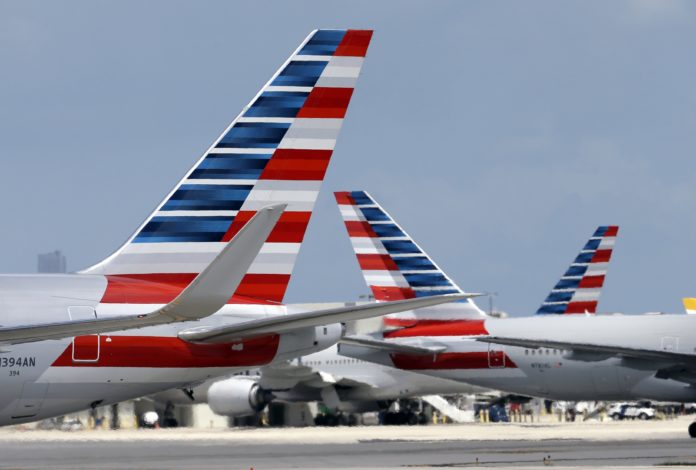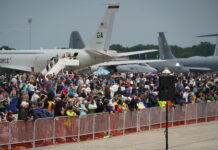We in the air show industry often use past air show incidents and accidents to avoid making similar mistakes. These lessons serve as macabre, cautionary tales in which we relive tragedy to guard against tragedy. It is possible, however, to find war stories with happy endings that leave no less a lasting impression.
Case in point: USAir Flight 2998. On a December evening, in 1999, a United 757 had just landed and taxied off the active runway in Providence, Rhode Island. A thick, dark fog blanketed the airport, which made it impossible for the air traffic control tower to see the location of any aircraft on the field. The tower gave taxi instructions to the United flight to navigate to the terminal. Meanwhile, a pair of aircraft were holding short of the runway, waiting to depart. The tower had just cleared one of the aircraft, a FedEx 727, for takeoff, when the United 757 gave the first of several confusing? radio calls.
The call indicated that the United crew was unaware that they had failed to follow the correct taxiway, and had just turned back toward the active runway. Further calls between the control tower and the United flight revealed that the tower was unaware of the 757’s current location: on the active runway! In one of the calls from the United 757, the roar of the FedEx 727’s engines could be heard, demonstrating just how close the two aircraft were to each other. Because neither aircraft was aware of the other’s location, it is not possible to accurately relate the proximity of the two, but the 727 had just finished rotating.
Amid the confusion between the United 757 and the control tower, USAir 2998, a 737 waiting to depart, was listening to the entire course of events unfold on the radio. The USAir crew heard the communications, and ambiguity, of the exact location of the United 757. They heard the sound of the FedEx 727 taking off through the United flight’s radios. As the confusion and misunderstanding between the tower and United 757 deepened, the tower cleared the USAir flight for takeoff. There was so much confusion that the tower actually cleared the USAir flight for takeoff on two separate occasions.
Sensing the possible hazard further down the runway, the captain of USAir 2998, after receiving his second clearance for takeoff, stated: “Until we figure out what’s going on down there, we’re just going to stay clear of all runways.” Considering the 757 was at a full stop on their runway, this simple decision to wait until the confusion cleared potentially saved hundreds of lives. By removing themselves from the equation, the USAir flight allowed the tower to focus solely on the United 757 and route it to the safety of the terminal.
This scenario illustrates a real-world example of Dr. Reason’s “Swiss Cheese Model.” All of the “holes” were lined up perfectly for an accident to occur, but because the captain of the USAir flight made the decision to wait until a resolution was reached, he put the brakes – literally and figuratively – on the entire sequence. By refusing to move without full knowledge of the situation on the runway, the USAir flight executed the perfect aeronautical decision-making process. The pilot interrupted the all-too-familiar accident chain and avoided tragedy.
The lesson learned here is transferable and applicable to all aspects of the air show industry. By emphasizing the critical nature of clear, two-way communication, performers can parlay this example into their own decision making. If prior to a performance, a performer is either unclear or unsure of his instructions, he can and should seek clarification and not proceed until he is confident that any conflicts have been resolved. This is especially true for performers who are working in acts containing more than one performer. If there is ever the slightest uncertainty, there is no harm in going wings level and waiting for resolution, following the example of USAir 2998.
As we near the end of the 2013 season, we should not only take time to reflect on lessons gleaned from the tragedies that have occurred in our industry, but also to consider those incidents that ended safely and successfully as being equally as impactful.








